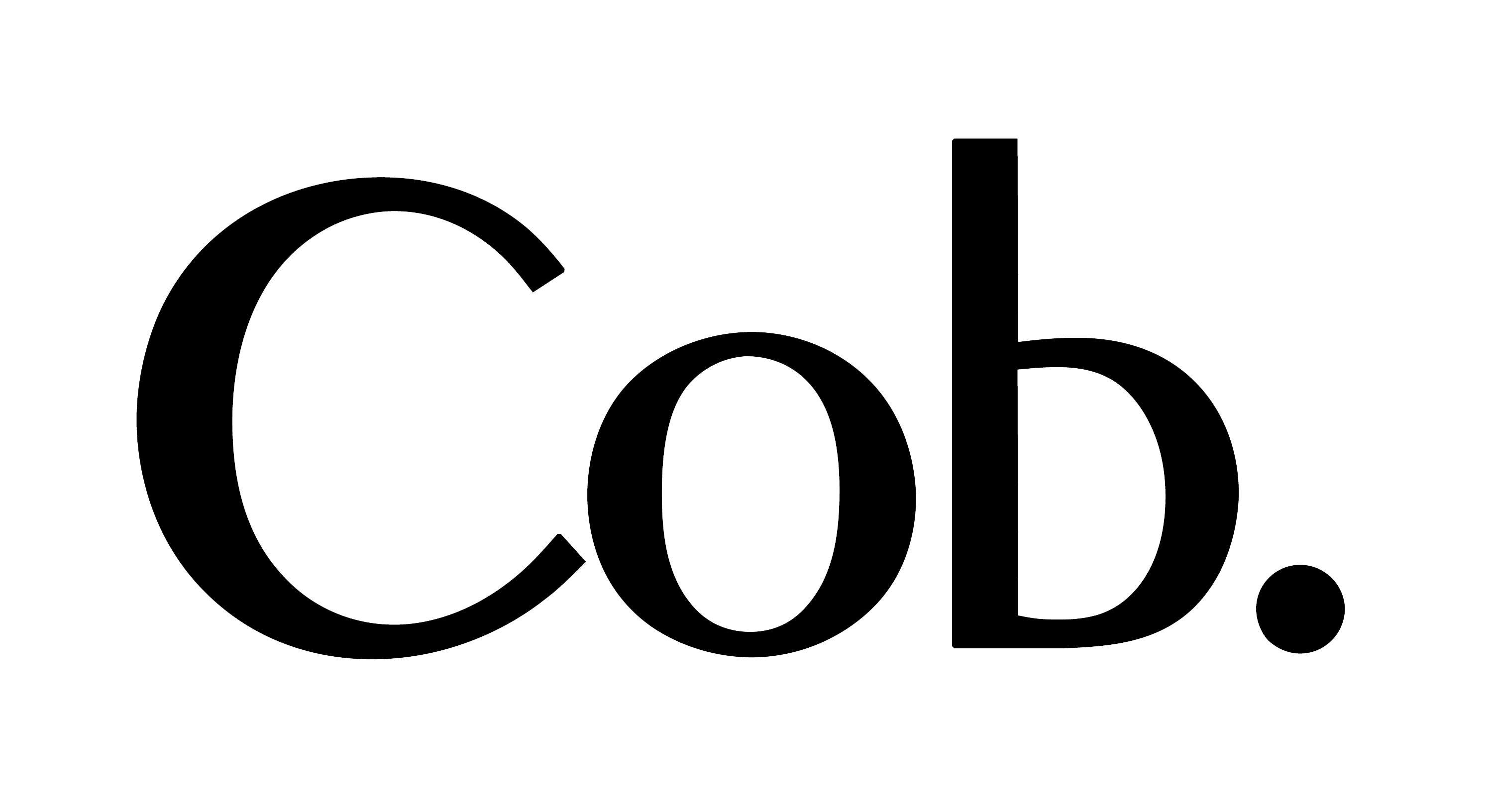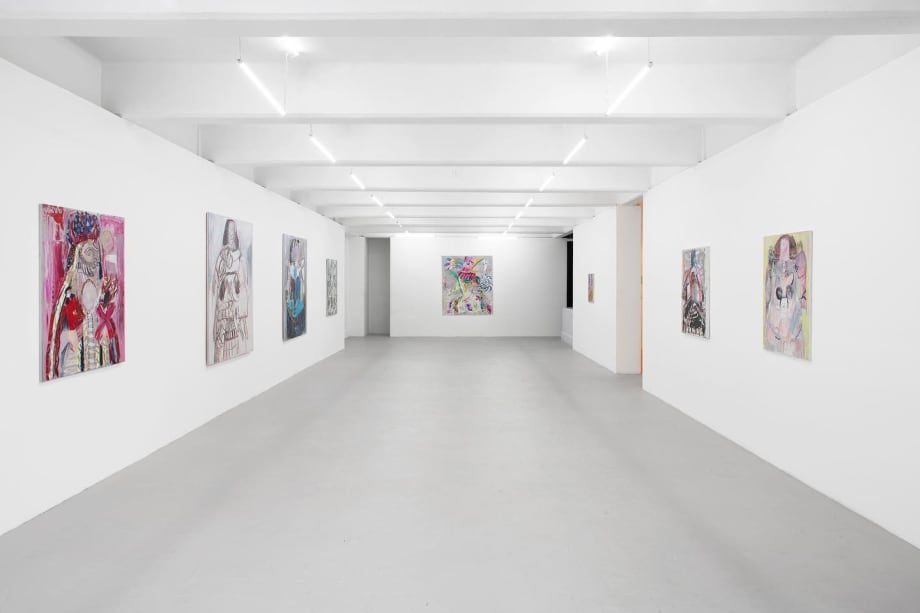Gloria Anzaldúa has said—or so I have understood her to mean—that the border is a symbolic territory, a constant experience whose identity is hybridization. Nobody knows this better than Alida Cervantes. In her case, the phrase “living and working between Tijuana and San Diego” implies making that passage every day. The coming-and-going.
Another constant in Cervantes’ work is the idea of mixture and transformation. Spanish painting, Aztec sculpture, and U.S. pop culture: three empires that have exercised their hegemony in our artistic geography, coming and going. Fragmentation and continuous change—not so much as searches for identity, but rather as affirmations of the will. Indefinite characters also inhabit indeterminate spaces. As transformers, they change their condition at will. They are neither this nor that; they are this and that, transcending their limits and creating a place for themselves in which the alien becomes familiar.
Figuration never goes beyond the pictorial. Painting is always faithful to its materiality, consistent with the idea of mixing, of interweaving shapes and diluting borders: the rigidity of the support as opposed to the plasticity of oil paint, the industrial aspect of aluminum as opposed to the poetic nature of painting.
- Andrea Bustillos
1. SAOKO*: a song by Rosalía, the second single from the studio album MOTOMAMI
* Saoko uses a song of the same name as a reference, Saoco by Winsisn and Daddy Yankee. The same word, of African origin, means flavor or rhythm.


